327.
Common Tern Sterna hirundo (Gewone sterretjie)
Order: Charadriiformes. Family: Laridae
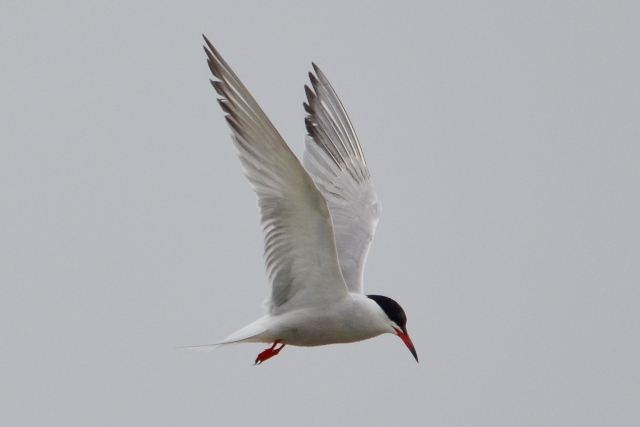
© Mel
Adult breeding
Description
Lengths of about 34 to 37 cm. It has a sharp, thin bill which is red and sports a dark tip in breeding season. Otherwise it’s dark with an ivory tip. The legs are red and relatively long. The wingtips are extended to the the tail.
Breeding adults have pale grey upperparts, very pale grey underparts, a black cap, orange-red legs, and a narrow pointed bill that can be mostly red with a black tip, or all black, depending on the subspecies. Itss upperwings are pale grey, but as the summer wears on, the dark feather shafts of the outer flight feathers become exposed, and a grey wedge appears on the wings. The rump and tail are white, and on a standing bird the long tail extends no further than the folded wingtips (unlike the Arctic and Roseate Terns in which the tail protrudes beyond the wings).
There are no significant differences between the sexes.
In non-breeding adults the forehead and underparts become white, the bill is all black or black with a red base, and the legs are dark red or black. The upperwings have an obvious dark area at the front edge of the wing, the carpal bar. Terns that have not bred successfully may start moulting into non-breeding adult plumage from June, but late July is more typical, with the moult suspended during migration.
Juvenile Common Terns have pale grey upperwings with a dark carpal bar. The crown and nape are brown, and the forehead is ginger, wearing to white by autumn. The upperparts are ginger with brown and white scaling, and the tail lacks the adult's long outer feathers. Birds in their first post-juvenile plumage, which normally remain in their wintering areas, resemble the non-breeding adult, but have a duskier crown, dark carpal bar, and often very worn plumage. By their second year, most young terns are either indistinguishable from adults, or show only minor differences such as a darker bill or white forehead.
Similar species: It differs from Arctic and Antarctic tems by its longer bill and legs and, in non-breeding plumage, its greyish (not white) rump and tail. The Common Tern is easily confused with the
Arctic Tern but when on the ground stands up taller than the Arctic. On flying birds the wing of Arctic Tern when seen against the light is really quite translucent whereas in Common only the inner primaries are translucent.
Compared with White-cheeked Tern it has a paler rump and tail, which contrast with the back.
The probably most helpful feature to separate the breeding Common Tern from the Arctic Tern is the bill. The Common Tern has a fairly long somewhat decurved orange-red beak with a clear black tip and the Arctic Tern has a shorter blood-red beak. And it differs from Arctic Tern by its darker outerwing.
Roseate Tern has a longer, heavier bill, paler grey upperparts, and ealrier in thze breeding season, conspicuously pinkish underparts.
Distribution
Breeds from North America through western Europe to Asia, heading south in the non-breeding season to the Caribbean, South America, south-western Europe, South-East Asia, Australia and the entire coastline of Africa. The Common Tern is an abundant, nonbreeding Palearctic migrant to the coasts of southern Africa; few occur inland.
Habitat
Open sea and coastal lakes. It frequents marine coasts, river estuaries and coastal lakes. It occurs mostly over the inner continental shelf, and seldom beyond the shelfbreak. Some roost at sea at night, but most roost on coastal sandspits, points, estuaries, islands or artificial structures.
Movements and migrations
It is strongly migratory, heading south in the non-breeding season (August/September to April/May) to the Caribbean, South America, south-western Europe, South-East Asia, Australia and the entire coastline of Africa. Juveniles remain all year. It migrates to southern Africa from two distinct parts of the breeding range: most birds are of populations which breed in northwestern Europe; the remainder are of birds breeding along the Black Sea coast of the Ukraine. Birds originating from the Baltic Sea arrive in August and September, while the less prolific east European birds arrive about two months later. Both subspecies leave in the period from February-May, departing in large flocks in the evening.
Diet
Food is primarily small marine fish supplemented with crustaceans, insects and polychaete worms; doing most of its foraging by flying over water while looking downwards; if prey is spotted it momentarily hovers before plunge-diving to catch the animal.
Breeding
Lays two to four eggs. Very defensive of its nest and young and will attack humans and other large predators, but unlike the more aggressive Arctic Tern rarely hits the intruder, usually swerving off at the last moment.
Call
Kik-kik and
kee-arh. Quiet
kip when foraging.
Listen to Bird Call.
Status
Common summer visitor to all coasts; regularly overwinters. Not threatened, in fact it is the most widespread and second most abundant tern in the world, although its numbers have decreased at many breeding sites and its range is contracting.
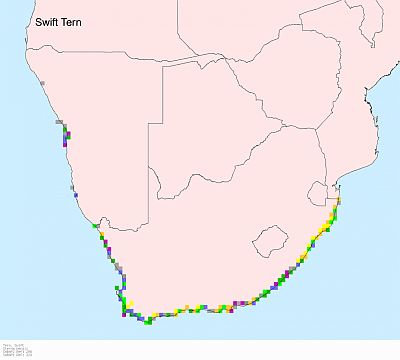



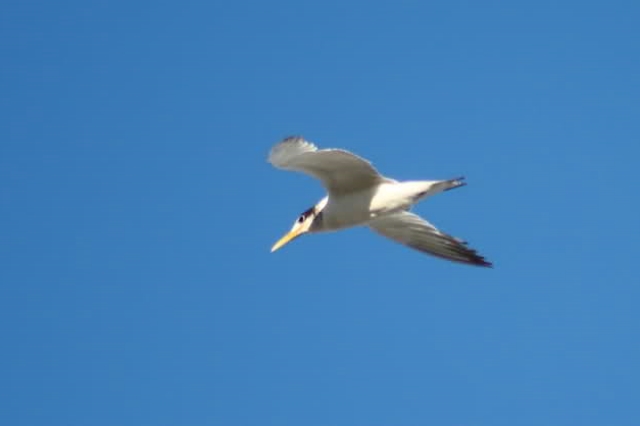 © Flutterby
© Flutterby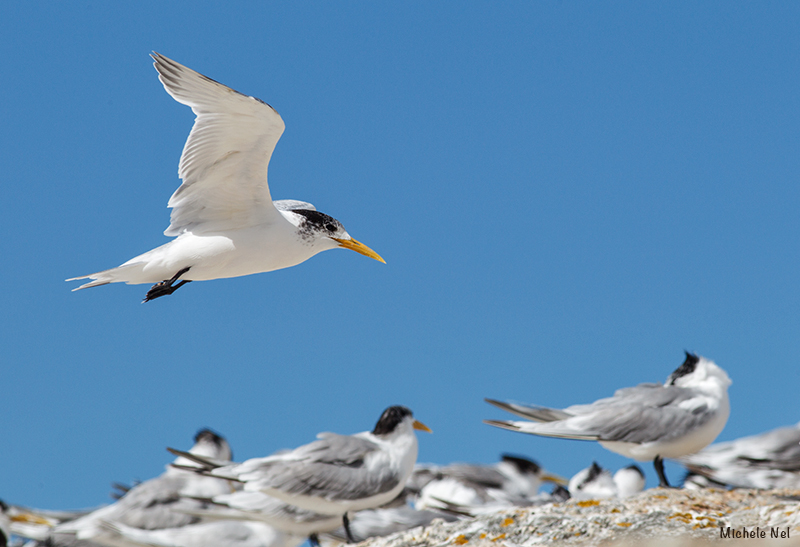 © Michele Nel
© Michele Nel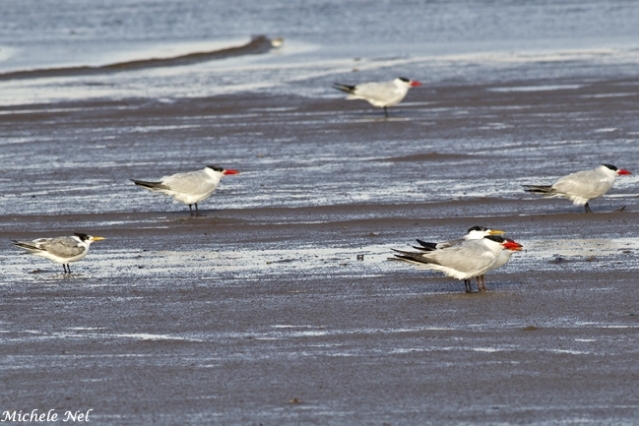 © Michele Nel
© Michele Nel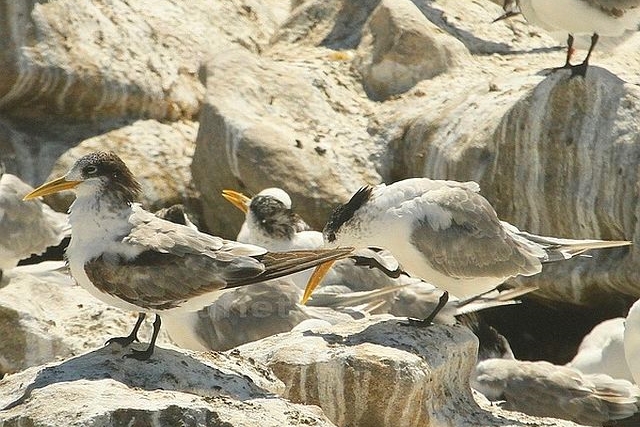 © nan
© nan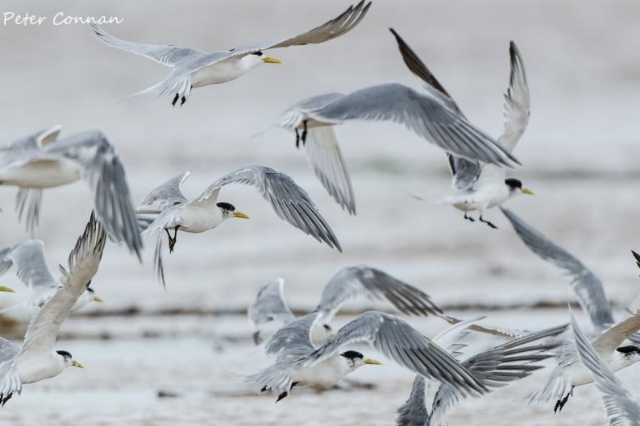 © Peter Connan
© Peter Connan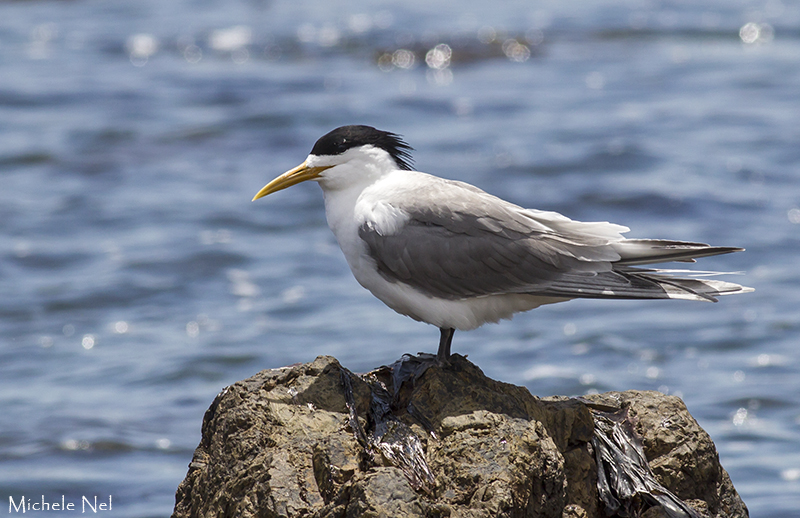 © Michele Nel
© Michele Nel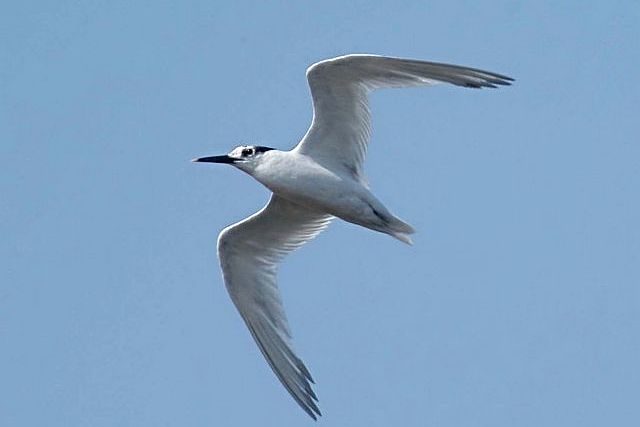
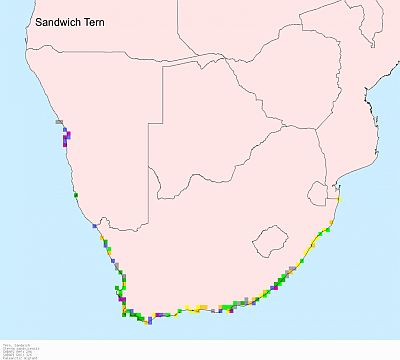
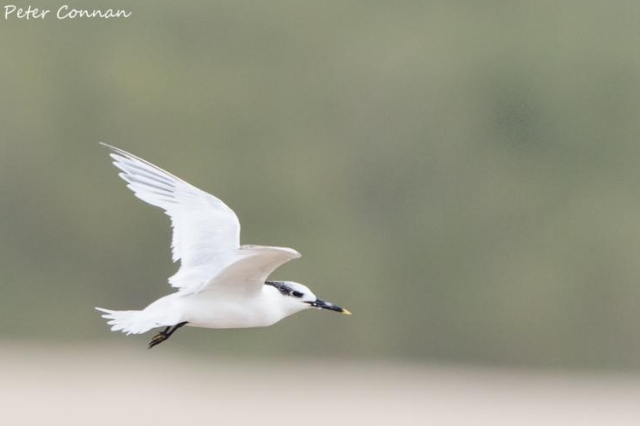 © Peter Connan
© Peter Connan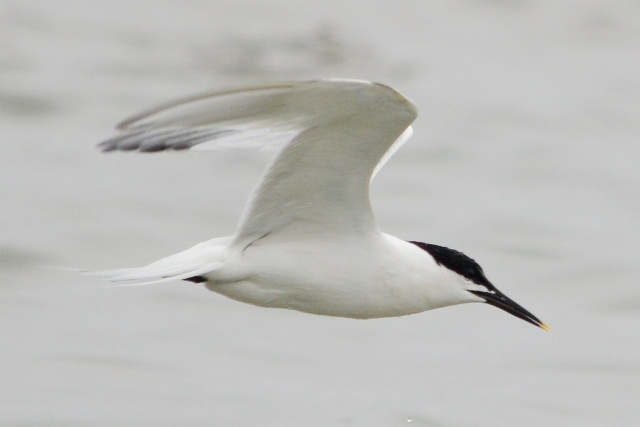 © Mel
© Mel © Mel
© Mel © Mel
© Mel
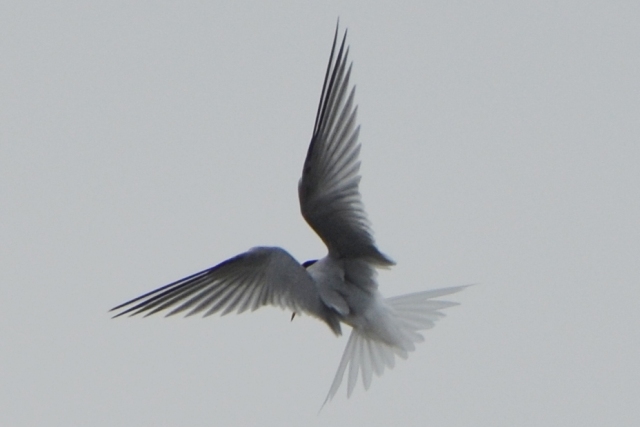
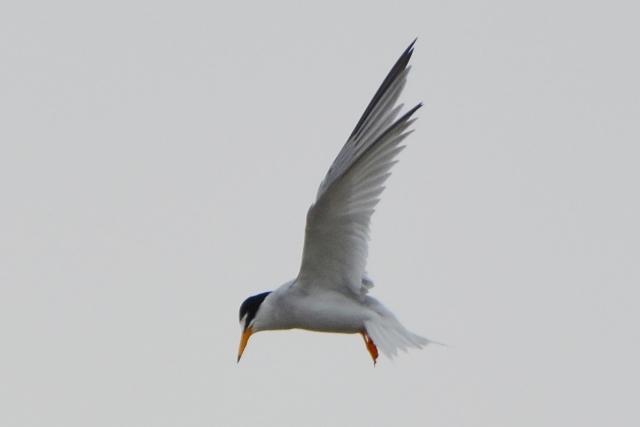
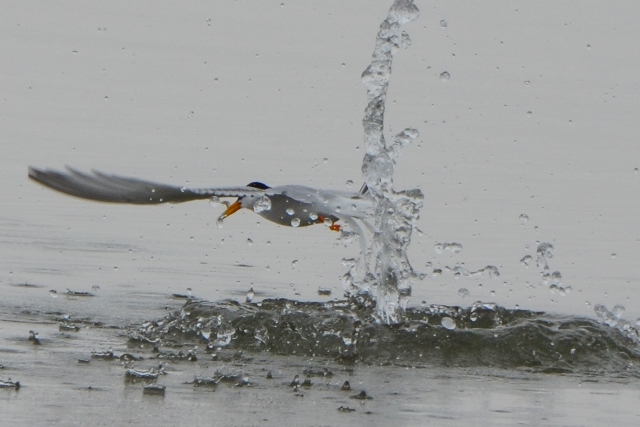
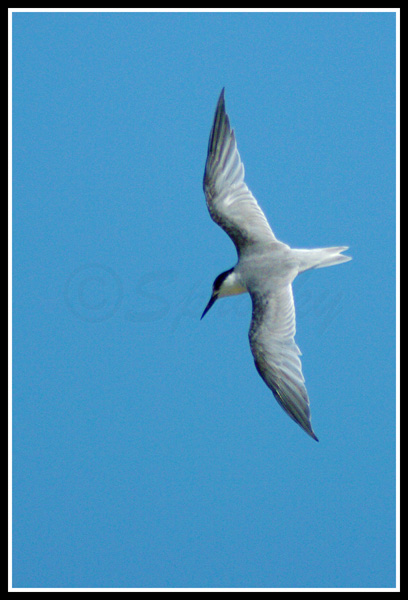
 © Mel
© Mel © Michele Nel
© Michele Nel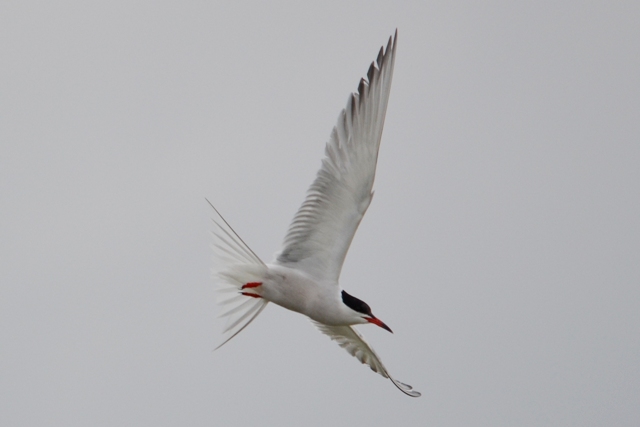 © Mel
© Mel © Dewi
© Dewi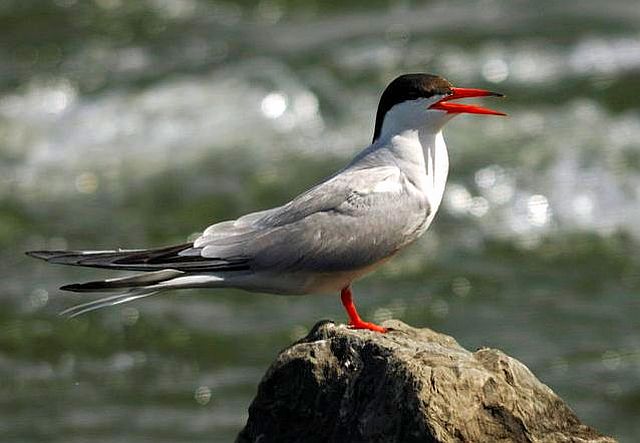 © Dewi
© Dewi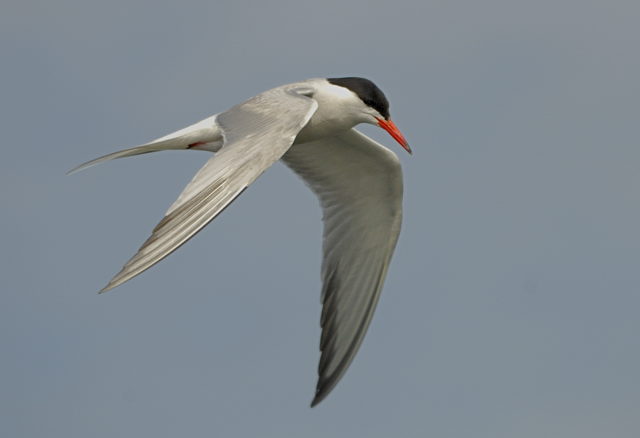 © Dewi
© Dewi © Dewi
© Dewi